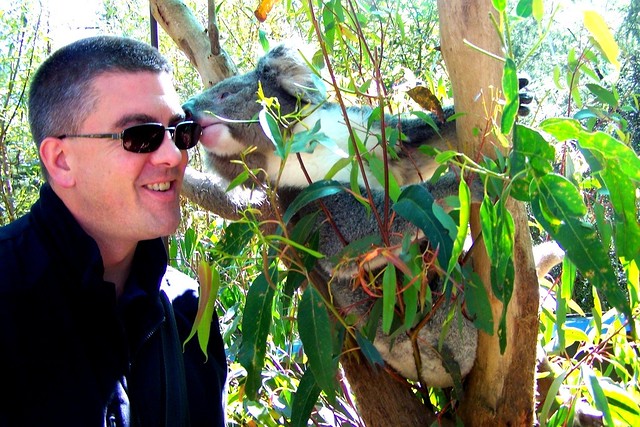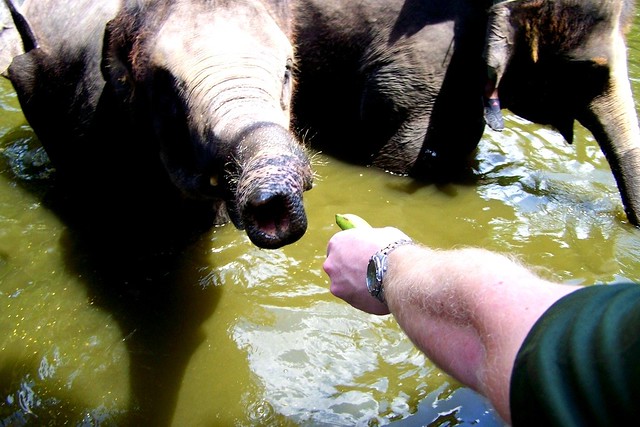I was going through some of my archived posts recently and noticed a trend, there are a lot of pieces about animal experiences. From camels in Jordan to being kissed by a koala bear in Australia, it seems I always manage to gravitate towards wildlife encounters when I travel. It’s not a challenge for me then to incorporate animal-based tourism in my travel plans, but I think it’s something everyone should try to add to their travel routines.
I’ve always been an animal lover, I think it’s a common human quality. The need to be around and receive solace from other mammals is an important and basic trait most people share. Plus, I usually miss my dogs when I travel so hands on experiences are great to fill the void. More than just personal joy, wildlife encounters are great opportunities to learn more about the area I’m visiting.
Day tours are fine and traipsing around standard tourist spots are important, but there’s so much more to learn, especially how the natural history impacts the destination. Zoos, aquariums and animals experiences are the perfect way to make your trip more well rounded, while having fun at the same time.

While large zoos will almost always feature animals found around the world, they also tend to highlight local indigenous creatures. In Australia for example, just an hour from Melbourne is the Healesville Sanctuary.
Healesville started in the 1920s and since the very beginning has always been a research facility. It also evolved a unique tourist element, drawing visitors to witness firsthand the Australian wildlife on site. The Sanctuary was responsible for the first captive breeding of the platypus and is currently working diligently to protect near extinct endemic species.
Healesville is the perfect example of a wildlife attraction that does it right. It provides guests with unique opportunities (like feeding kangaroos and petting dingoes) but it also has a huge medical operation, saving animals around the region and expanding the medical knowledge of all Australian fauna. Visitors to the complex help support this conservation in a successful example of how responsible tourism can have a positive result.

This isn’t the case everywhere though, and visiting a zoo or wildlife facility can be a real test of one’s moral convictions, as I discussed in To Zoo or Not to Zoo. It’s our responsibility as tourists to first determine which experiences actually help the animals and species involved, rather than hurt them.
It’s a natural inclination of those who are passionate about conservation to just pull back from all international animal experiences for fear of unknowingly contributing to their abuse. But ultimately this does more harm than good. By spending the time to research wildlife destinations and discovering which ones are truly beneficial, you are actively contributing to important conservation efforts in the destination. Without tourists visiting, many of these sanctuaries and refuges could not exist, and the good works would come to a grinding halt. I agree it’s important to avoid and decry the bad actors in the animal tourist sector, but I firmly believe that it’s just as irresponsible to avoid them altogether.
Whether it be in a zoo or a true experience like a safari, learning more about the indigenous wildlife of a new travel destination is fun, enlightening and makes us all better travelers. It’s one of the truly great activities suitable for any age and this love of wildlife is something that can bring any family together.
What are some of your favorite wildlife travel experiences?

